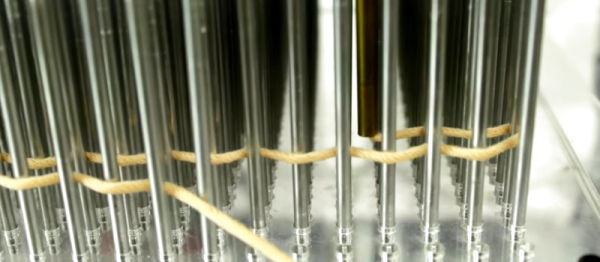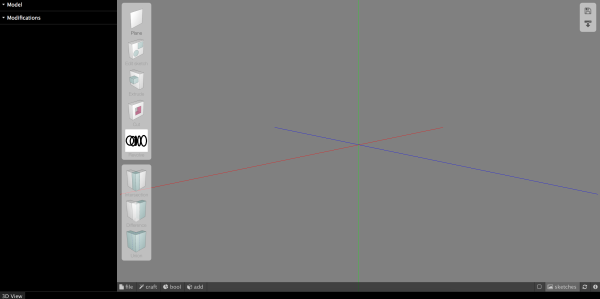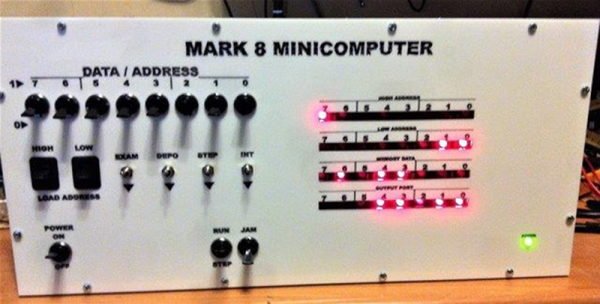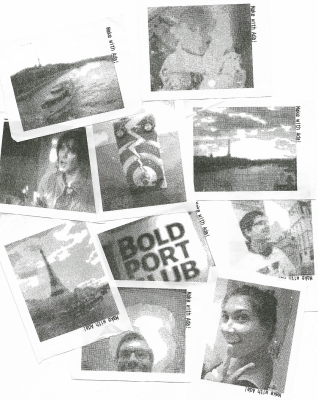This one is apparently a few years old, but the idea looks so good that we’re left wondering whatever happened to it.
[Seyi Sosanya] made what amounts to a 3D printer, but one that prints in a unique way: wrapping yarn around pillars and then post-dipping them in a silicone glue. The result is a tough, flexible 3D mesh that’s lightweight and looks fairly resilient. We’re not at all sure what it’s good for, but watching the video about the project (embedded below) makes us want to try our hand at this sort of thing.
So what happened? Where did this project go? Is anyone else working on a glue-plus-fabric style printer? Is anyone doing this with carbon fiber and epoxy? We can also imagine that with the right adhesive this could be used less like a loom and more like a traditional FDM machine, although weaving the layers together may provide additional strength in what would be the Z direction, and for that you’d need the supports.



















